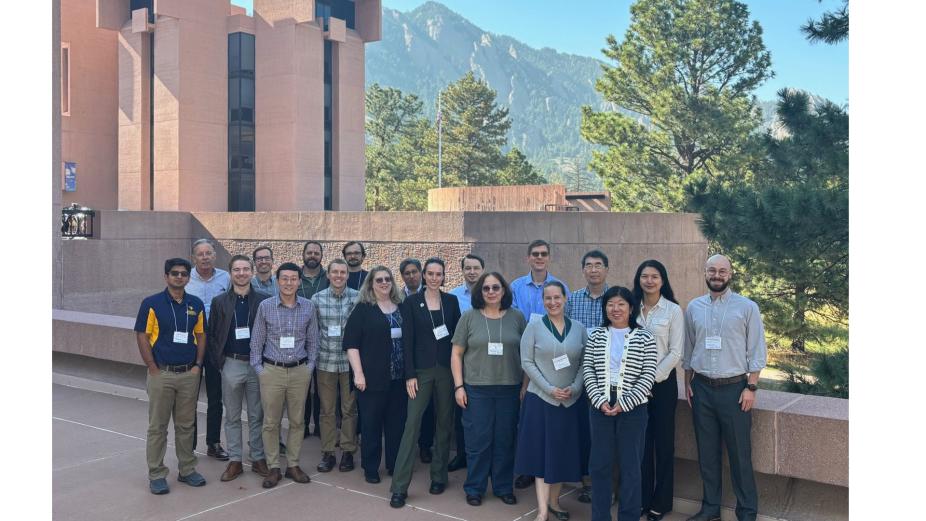Workshop on Operationalizing POD-Derived Thermospheric Density

Held October 1-2, 2024
NSF NCAR Mesa Lab
Boulder, Colorado
With more than 9,000 satellites operating in space and plans from both the commercial and government sectors to continue to launch an ever-increasing number of satellites into low Earth orbit, an improved characterization, modeling and forecasting of the near Earth environment is essential for efficient and safe space operations.
This workshop will focus on the different processes around the workflow, including but not limited to:
Precise orbit determination, satellite aerodynamic modeling, as well as validation and verification of thermospheric density products
How to integrate this evolving research topic into operational activities
| SCIENTIFIC ORGANIZING COMMITTEE | LOCAL ORGANIZING COMMITTEE | |
|---|---|---|
|
||
|
|
|
|
|
|
|
|